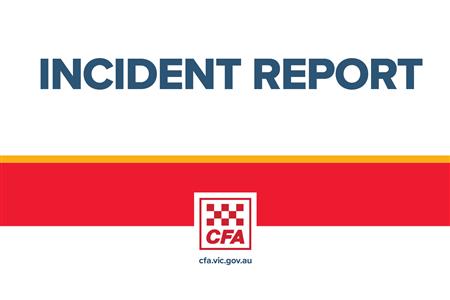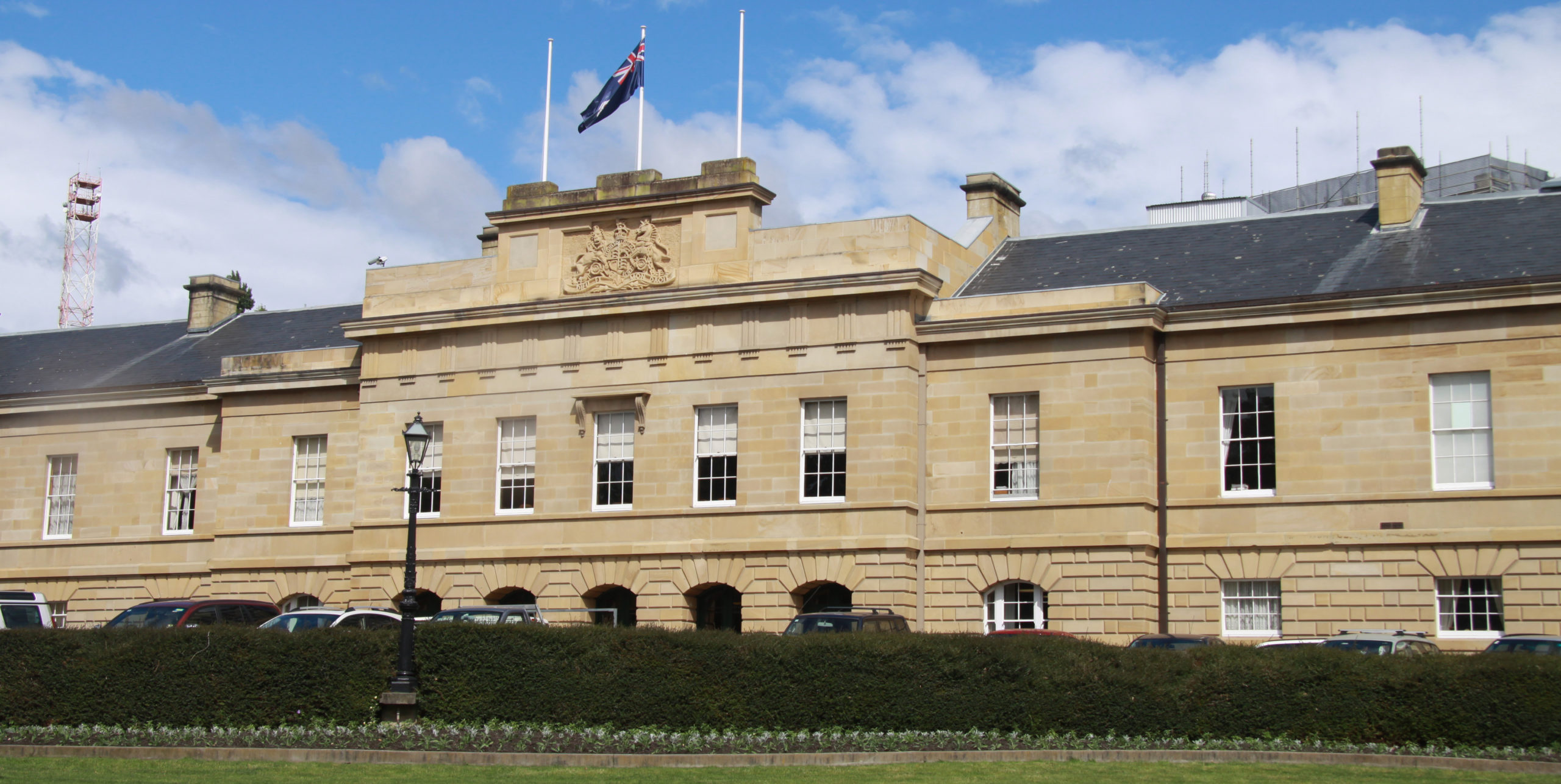The Albanese Government’s first Federal Budget has begun the reset Australia needs to fight inflation and cut inefficient spending, says the Committee for Economic Development of Australia (CEDA).
“Amid a sobering economic outlook, this is a prudent Budget that sensibly avoids stoking inflation as global recession fears stalk Australia’s economy,” says CEDA Chief Economist Jarrod Ball.
“It is pleasing to see that the Government has banked over 90 per cent of major tax windfalls to the budget over the next four years.
“But for now the Government has delayed the more fundamental reform needed to sustainably shore up the nation’s finances.”
In the medium term, the Budget does not do enough to rebuild Australia’s fiscal buffers with the government rightly admitting there is more work to do.
“The Government must do more to avoid entrenching the structural deficit we now face while supporting productive capacity in the economy,” says Mr Ball.
“The rising financial risk of climate change, including the ever-growing need for natural disaster relief, is just one of the many long-term pressures facing the nation.
“Treasurer Jim Chalmers has outlined a sensible medium-term fiscal strategy and more realistic productivity assumptions to impose much-needed discipline on spending and debt stabilisation.
“The priority in the next decade is to stabilise and reduce net debt while also encouraging investments to get productivity and wages moving again, including in human capital, physical and social infrastructure and better service delivery.”
Workforce capacity
Amid critical skills shortages, this budget provides much-needed increases in skilled migration, additional training and more support for balancing childcare and work.
Extending paid parental leave to 26 weeks is a key workforce participation measure and will help more households balance work and children in a more equitable way. The significant boost to childcare will simultaneously ease cost-of-living pressures while lifting workforce capacity, by allowing more parents to enter the workforce and reducing some of the disincentives to working more hours.
Housing accord
The new housing accord has the potential to be a much-needed catalyst to substantially boost housing supply, making it affordable for more Australians. Increased government and institutional investment will need to be complemented by significant planning and zoning reform, and increased productivity in construction to make greater housing supply a reality.
Infrastructure
The Government’s infrastructure announcements are a mixed bag. The decision to invest $3.6 billion in improving digital and telecommunications infrastructure is an example of a sensible productivity-enhancing investment for the nation. Conversely, committing funding to Victoria’s Suburban Rail Loop is premature given ongoing questions about the business case for this project.
Rigorous business cases and a more active role for Infrastructure Australia must be central to building and coordinating an infrastructure pipeline that will help to lay the foundations of economic growth for decades to come.
Aged care
The Budget provides much needed funding for aged care and makes provision for increased wages for aged care workers.
“Increased funding and higher wages for workers are critical to improve the quality of care with two-thirds of aged care providers already making a loss,” says Mr Ball.
“Longer term, we must revisit how aged care is funded, including by providing much more in-home care and considering an expanded role for personal contributions.”
Tax cuts
The Government has delayed tough conversations around the personal income tax system in this budget.
The cost of the stage-three tax cuts is significant in the context of the considerable budgetary challenges Australia now faces. They should be re-phased and scaled back in the next budget. That will allow a proper assessment of the best options to address bracket creep and ensure the system remains progressive.
Leaving the tax system untouched is not an option given our long-term budget challenges. Australia can no longer delay a serious conversation about the kind of tax system we need to fund the services the community values, while reducing the system’s drag on investment and participation.
NDIS
The decision to bring forward a review of the NDIS is critical to its long-term sustainability. The annual cost of the program has escalated significantly and will reach more than $50 billion by 2025-26. The NDIS needs a more systematic approach to its continual improvement, review and evaluation.
Wellbeing statement
There are promising signs the Treasurer’s first “wellbeing statement” will open up a broader discussion on how the nation’s wellbeing is progressing. It should be used as a basis for better prioritising the spending that will deliver dividends for the economy and community – for example a much greater role for preventative health.
“This Budget makes a good start at eliminating wasteful spending, but given growing global headwinds and competing demands for government spending, we need more fundamental reform,” says Mr Ball.
“The Government should restart regular evaluation of spending programs and refresh the Charter of Budget Honesty Act to lift the quality, transparency and scrutiny of federal finances.
“Treasurer Jim Chalmers will deliver his next budget in just seven months. He must now focus on the longer-term reform needed to set Australia on a more sustainable path.”






